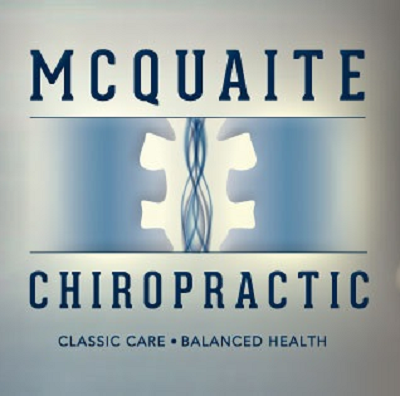
Trigger Points for Fibromyalgia and Chiropractic Care
If you’re one of the 4 million people suffering from fibromyalgia, you know how it commands your life. From debilitating pain to constant fatigue, fibromyalgia is a mysterious disease because there’s no clear cause.
What IS known is it can cause headaches, sleep problems, stiffness, and many other unpleasant conditions. It often accompanies other health concerns like Irritable Bowel Syndrom (IBS) and chronic myofascial pain.
It turns out, that some people are affected by trigger points for fibromyalgia, and chiropractic care helps them. Other fibro treatments include exercise, stress reduction, medication, and acupuncture.
What are Fibromyalgia Trigger Points?
Trigger points for fibromyalgia are small spots mostly around the joints. For example, you can find common trigger points in the hips, upper chest, upper back, back of the head, and other areas of the body. Trigger points are associated with chronic myofascial pain which is another mysterious disease that affects the muscles. Doctors call these trigger points referral pain because the pain radiates out.
Imagine having a knot in your shoulder and you have myofascial pain in addition to fibro. In such a case, that shoulder knot can radiate pain across your shoulder if someone touched it. That’s not the same type of pain as tender points.
What’s the Difference: Trigger Points vs Tender Points?
You’ll hear people use the words trigger points and tender points sometimes interchangeably but they’re not the same thing.
As mentioned above, trigger points occur from chronic myofascial pain and they can cause pain in other parts of the body. Doctors call this “referred pain.”
Tender points are different. Living up to their name, they’re “tender” areas on your body that can hurt even if someone gently touches you in the area but they don’t tend to radiate pain. These 18 tender points include:
- Lower neck in front
- Knee
- Back of the neck and shoulders
- Hip bone
- Base of the skull
- Back of the neck
- Other areas
In the past, doctors relied on testing the tender points as a diagnosis for fibromyalgia but now they realize they are unreliable indicators. Fibromyalgia symptoms change from day to day and no two patients have identical symptoms.
Ways Chiropractic Care Can Help Fibromyalgia
Chiro care can help fibromyalgia patients because chiropractic care helps your central nervous system. The adjustments reduce localized pain because they realign your spine. If you imagine the 33 spinal bones along with the interspersed discs, tendons, muscles, and nerves that all connect in your spine, you can why chiropractors say, “the spine is your lifeline.” Everything connects there.
Everyone’s body gets out of alignment through daily habits. Whether it’s repetitive tasks, hours hunched over a computer, or an accident, a muscle or nerve can shift a millimeter and find itself pressing on a ligament or spinal disc.
Regular chiropractic adjustments “put everything back.” When your body is in correct alignment, blood flows easier and pumps oxygen into every corner of your body. This helps your brain communicate easier with the cells in your body.
Your chiropractor can handle adjustments in a sensitive way. They’ll talk you through your most painful systems and devise a plan for managing the pain. If you’re suffering from tender points or trigger points from fibromyalgia, Dr. McQuaite is a Doylestown, Pa. chiropractor who can help.



